Mention Leica and most photographers think of their legendary ‘M’ rangefinder cameras. In contrast, Leica’s ‘R’ SLR film cameras are more forgotten. Which means they are cheap(er) to buy and, just as importantly, the R lenses are also considerably cheaper than their M counterparts, even though they offer the same great optical and build quality.
I decided to dip a toe into the R range and picked up a late production Solms-made R5 on eBay from a German dealer. It arrived in great condition. I also found a 35mm R Elmarit f2.8 which frankly looks as if it had hardly been used.
The R5 was Leica’s second R camera based on the Minolta XD-7, and offered a variable program mode and TTL flash. It has a solid build quality and is also quite compact, being only slightly larger than my OM1. All the controls operate smoothly and have a certain reassuring feel about them. I also found the diopter adjustment a great boon (I speak as someone who has managed to lose two diopter correction lenses for my M).
In use it feels like it could take a battering and still come out fighting. However, it does have quite a loud clunk as the shutter fires – not a camera for stealthy street photographers. The shutter speed range in manual mode is 1/2s to 1/2000th, and in auto/program mode is 15secs to 1/2000th. The viewfinder is bright, and in program or aperture mode offers a view of the lens aperture and the shutter speed. However, in program mode although you can see the shutter speed you cannot determine what aperture the camera has selected. This is a pretty significant design defect and one which was remedied in the R8. In shutter priority the viewfinder displays the aperture and shutter speed. Needless to add, no DX coding.
The 35mm Elmarit lens seems to be every bit as good as the M equivalent of the same era of production, at about a third of the price. Really, if you want to shoot Leica glass, this combo is hard to argue against.
I decided to take the R5 down to Millbank in London where Extinction Rebellion were gathering just along from the offices of MI5 to see how well the camera handled. Overall, I think it did pretty well. Focusing was smooth and although some of my hastily focused shots are a bit off, that’s user error. The winding mechanism has a short throw making it possible to wind on quickly. I used aperture selective metering which I found to be pretty accurate. The film was Kentmere 400 processed in Kodak HC-110.
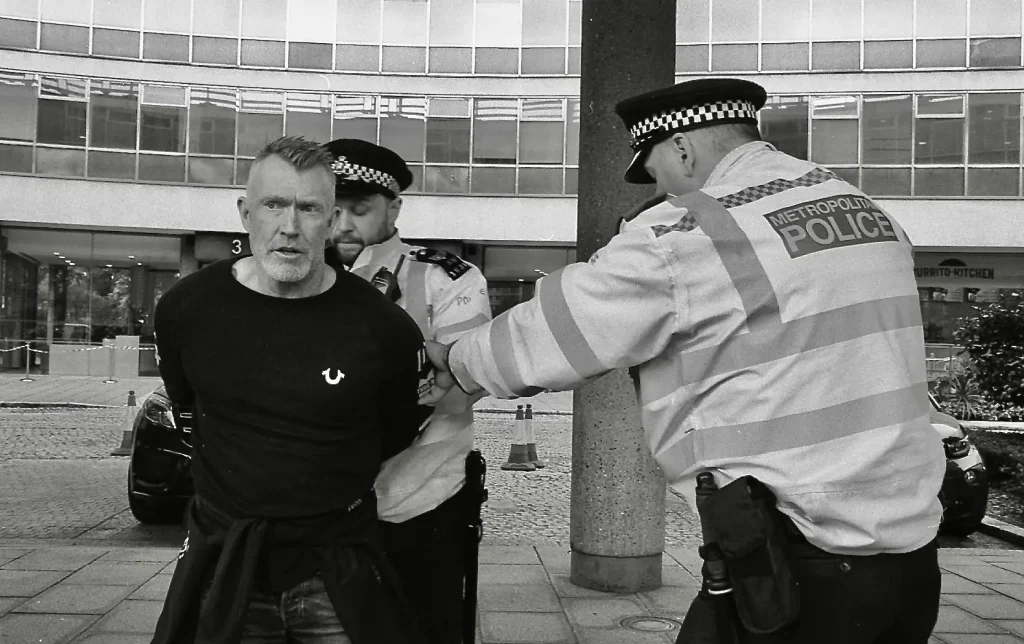
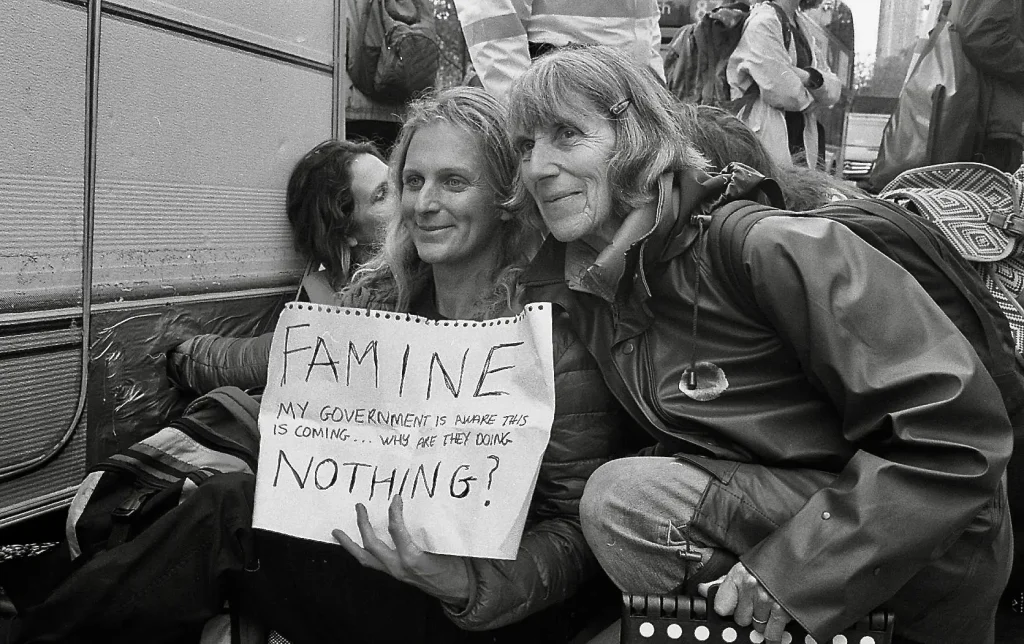
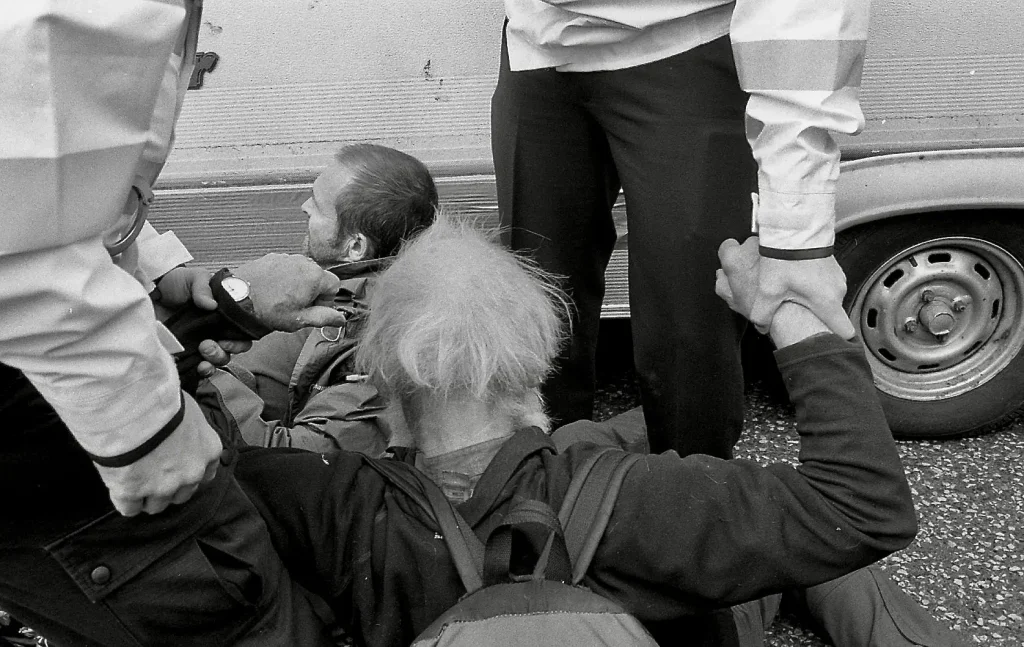
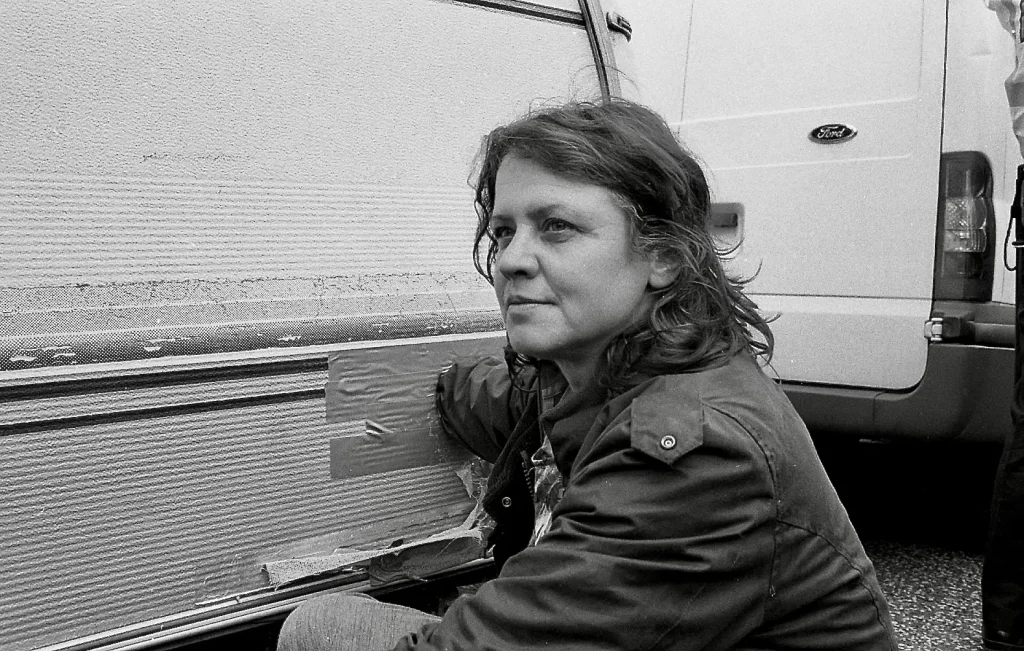
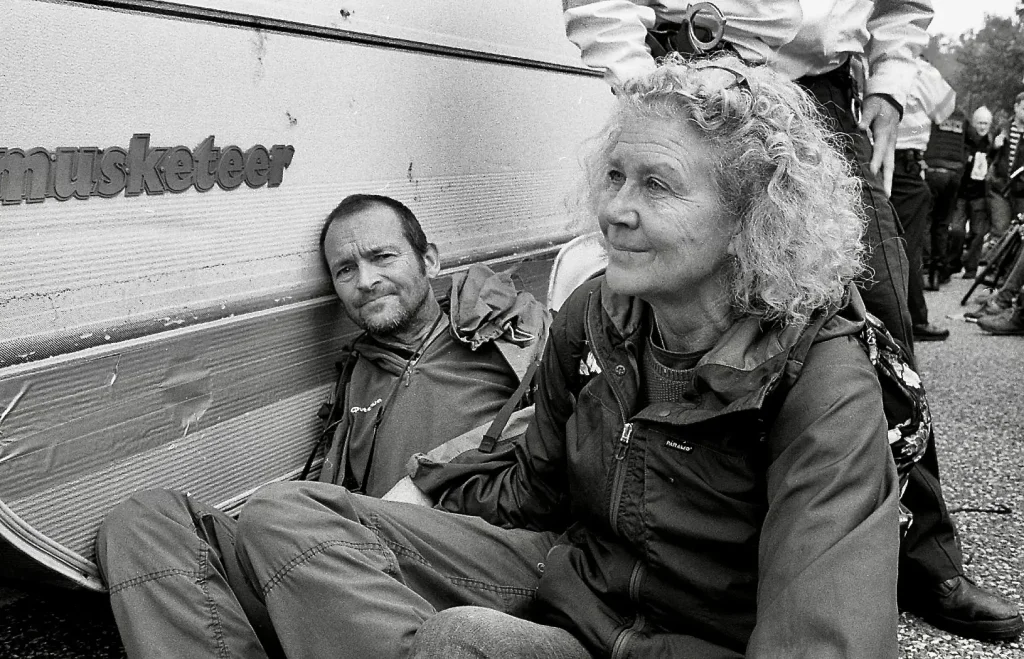
I can see myself using the R5 quite a bit. Although I sold all my Nikon SLR gear ages ago in favour of rangefinders, I have appreciated going back to the framing accuracy and focusing ease of an SLR. The R5 delivers on those fronts and with Leica quality to boot.
If you enjoyed these pictures please head over to my web site www.michaelscottfoto.com
Thanks for reading!
Share this post:
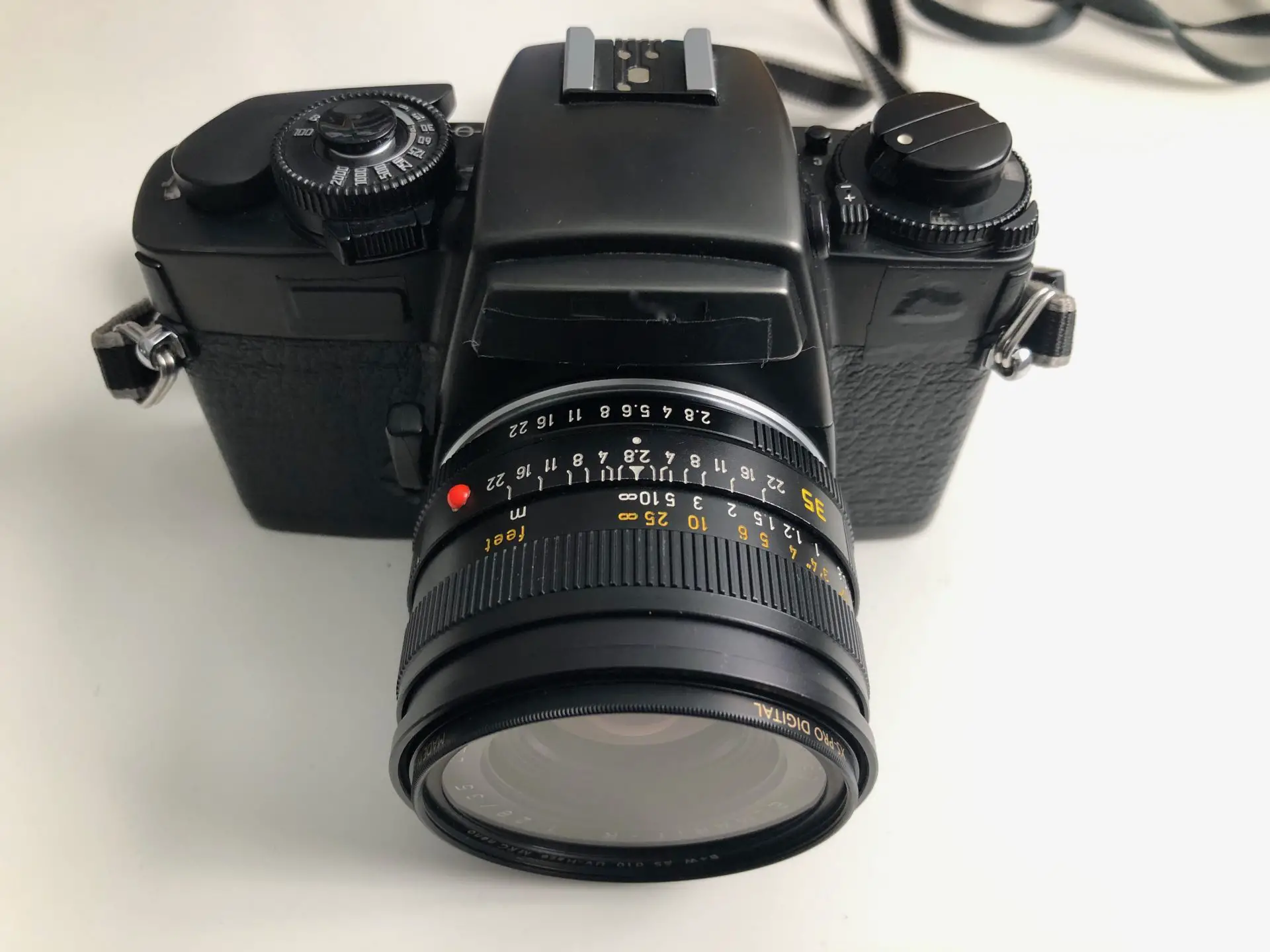








Comments
JR Smith on 5 frames of the Extinction Rebellion with a Leica R5 – by Michael Scott
Comment posted: 21/11/2019
Comment posted: 21/11/2019
Kodachromeguy on 5 frames of the Extinction Rebellion with a Leica R5 – by Michael Scott
Comment posted: 21/11/2019
Comment posted: 21/11/2019
Charles Morgan on 5 frames of the Extinction Rebellion with a Leica R5 – by Michael Scott
Comment posted: 22/11/2019
Comment posted: 22/11/2019